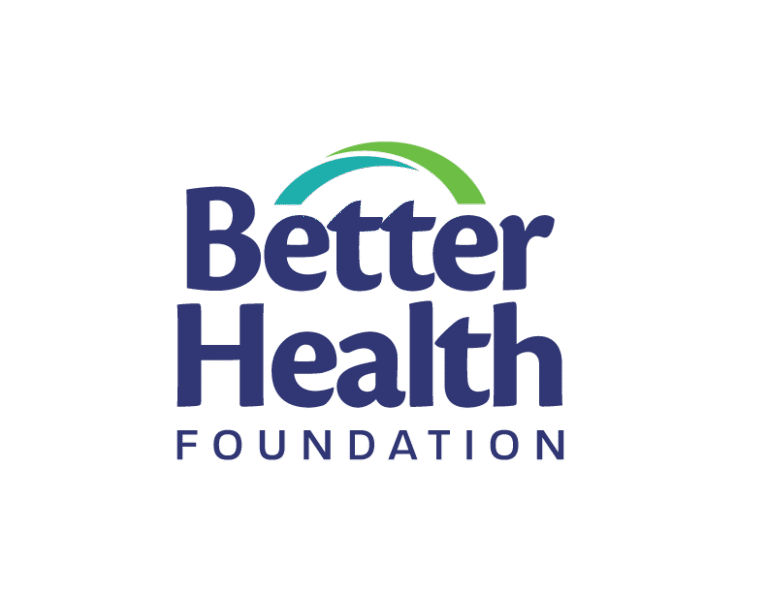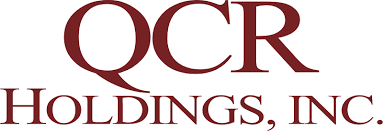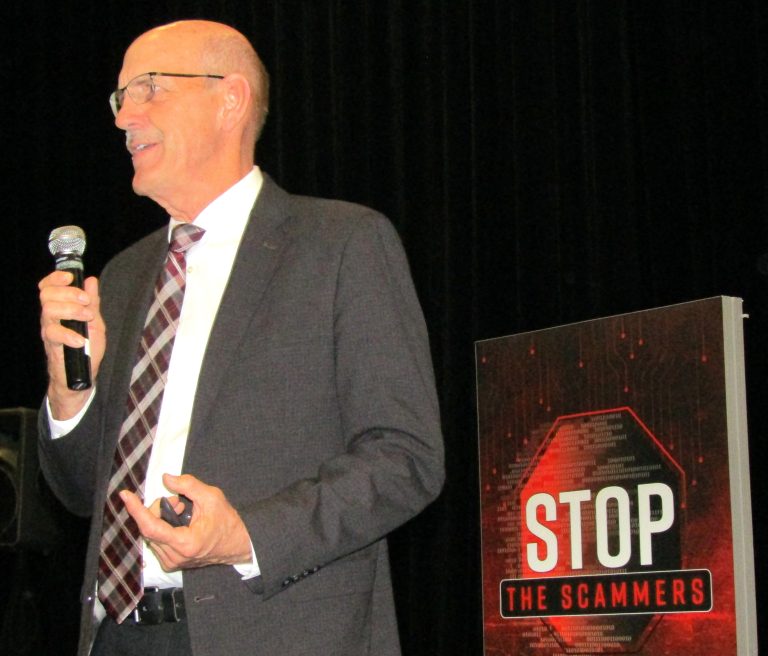Job loss is one of life’s most disruptive events. According to the Holmes-Rahe Life Stress Inventory, it ranks as the eighth most stressful experience a person can face. For many, it’s not just the loss of income—it’s the loss of identity, routine, and community.
When someone hears, “Today is your last day,” their mind races. Panic sets in. Many immediately start applying for any job they can find, often without direction or clarity. What they truly need is a moment to pause, absorb the shock, and begin again – with support.
That’s where outplacement services come in.
Outplacement, also known as career transition support, is typically offered by employers as part of a separation agreement. It provides more than just résumé help – it offers structure, coaching, and emotional support at a time when individuals may feel lost, hopeless, or angry. A solid outplacement program is action-focused and person-centered, helping people move forward faster and with confidence.
Outplacement offers immediate structure and reduces feelings of isolation and anxiety. Personalized coaching helps individuals rediscover their strengths and accomplishments, especially when self-esteem has taken a hit. Small wins – like an updated résumé or a refined LinkedIn profile – build momentum and restore a sense of purpose.
But outplacement isn’t just for the benefit of the departing employee. Employers also have much to gain.
How a company handles a termination sends a powerful message to remaining employees and the public. Providing outplacement services demonstrates a commitment to treating people with dignity, even during difficult transitions. It protects the employer’s brand, preserves morale, and reduces risk – lowering the likelihood of disputes and shortening unemployment durations.
Outplacement programs are typically offered in increments – one, two, four, or six months – allowing employers flexibility based on budget, role, or tenure. No two clients are alike – some need help with technology because they haven’t applied for a job in years, and others face unique personal circumstances that affect how they work. A flexible, responsive program meets people where they are.
Importantly, the relationship between the career coach and the client is confidential. While the employer funds the service, the focus remains entirely on the individual’s needs and goals. This investment in dignity and care often leads to positive outcomes. Many individuals find themselves in even better roles than before, turning a difficult moment into a new beginning.
Workforce terminations are never easy. But they are an opportunity – for employers to show compassion, and for employees to begin again. Outplacement services help both sides navigate the transition with dignity, clarity, and hope.
(Susan Abler, MS, SPHR, SHRM-SCP, is MRA’s director of Outplacement and Member Relations advisor. She can be reached at [email protected]. To connect with MRA’s office in Moline, contact Ashley Gomez, member relations manager, at [email protected] or (309) 764-8354.)







